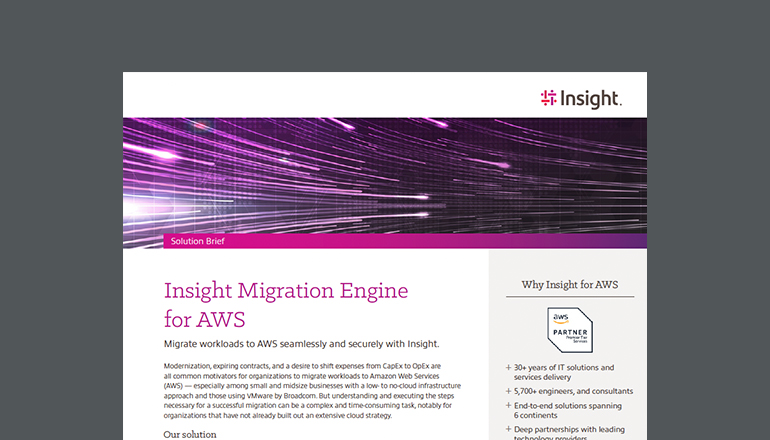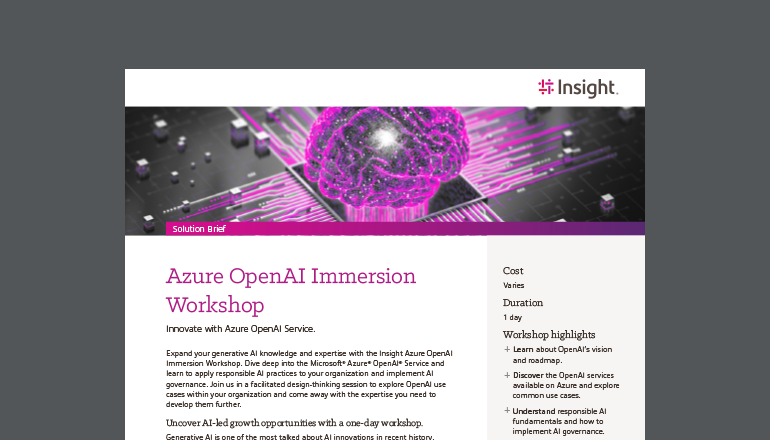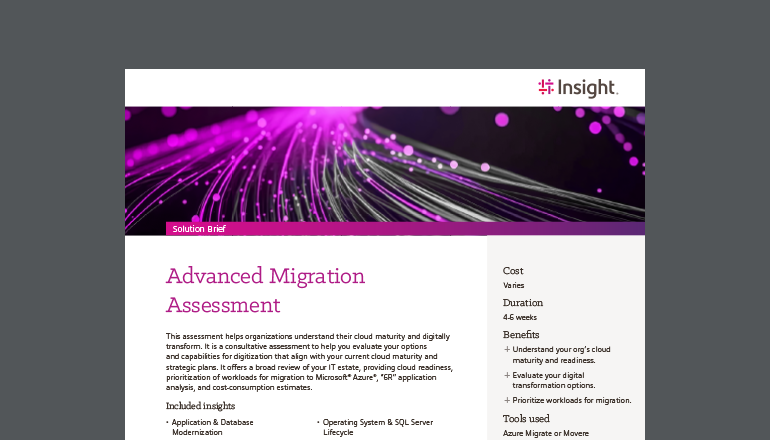To gain a competitive edge, break into new territory or simply keep pace, you need an infrastructure that secures and amplifies the value of the data your enterprise collects. A successful data center migration can empower your company to improve efficiency, productivity and agility.
modernized platform, your organization will be able to:
- Scale and grow efficiently.
- Capitalize on market opportunities.
- Support more business demands.
- Enhance customer relationships.
- Transform your business into a digital-first organization.
But getting there isn’t easy. Where do you start? Here are a few things to keep in mind as you consider and plan your transformation journey.
Is it time for data center migration?
When was the last audit of your organization’s data center performance? You might be surprised by the results.
You may be underusing your infrastructure resources or overspending on a system that isn’t performing to your industry, security and/or compliance standards — or isn’t meeting your business demands. An IDG survey commissioned by Insight revealed many businesses are impeded by their legacy systems.
The report on the survey results, "IT in Transition: How IT Leaders Are Faring," stated 64% of polled IT professionals from large companies see their outdated technology and legacy IT infrastructure as a barrier to IT transformation. In fact, 51% of those businesses stalled or abandoned their transformation efforts as a result of unexpected challenges.
The cost of legacy technology adds up to more than dollars and cents — it involves downtime, slowed productivity and unnecessary stress.
And what about security? How will your business protect aging tools from the growing tide of sophisticated cyberthreats? Verizon's "2018 Data Breach Investigations Report" found that more than 53,000 security incidents and 2,216 data breaches were reported in 2017 alone.1
Cyber vulnerabilities affect the entire organization. Dated systems force your IT team to spend more time protecting aging infrastructure rather than helping the business grow. And, if your systems fall prey to an attack, you’ll face enormous costs, delayed operations and a loss of trust from your customers.
So, is it time for a data center migration?If you’re experiencing or worrying about any of the realities just mentioned, then the answer is yes.
To ensure your company sets itself on the right path to meaningful IT change, you need an understanding of what platforms to move to and how they can impact your organization.
Choosing the right IT infrastructure for your needs
Each data center technology platform has its benefits, and striking the right balance of cost, performance and flexibility is key. Do you migrate completely to the cloud, stay on premises with the latest hyperconverged infrastructure or adopt a hybrid cloud approach?
Choose your solution based on your business’s current and future needs. Depending on your business environment, it might make sense to deploy a cross-platform strategy that pulls from the strengths of multiple infrastructure options.
Here's a breakdown of the data center platforms available to transition to:
- Cloud: Optimize your ecosystem for enhanced performance by migrating to the cloud. A diverse cloud portfolio can help you streamline management and gain interoperability once you match your workloads with the right platform: public, private or hybrid.
- Converged: You can minimize the footprint of your data center by converting to a converged infrastructure. It treats storage, network and computing as a single system, simplifying management. You also have the flexibility to use various components, which takes the complexity out of scaling, repairing and replacing parts of the system.
- Hyperconverged Infrastructure (HCI): This solution is ideal for smaller infrastructure systems with light workloads. An HCI allows you to easily scale and offers immense efficiency with the smallest footprint. The platform integrates multiple components into one unit and comes preconfigured for quick deployment.
- Traditional: Migrating to a modernized, traditional data center enables you to keep sensitive data on premises, providing better control over your assets. Your organization can remain agile too with platforms that can run the latest workloads. And, you can deploy private clouds that are secure, reliable and efficient to suit your requirements.
Working with an experienced partner can help you determine which IT infrastructure best matches your data and workloads — and help you proceed with confidence knowing you're getting all the support your enterprise needs.
A qualified IT service provider can help you develop a strategy and roadmap that minimizes the potential risk of undergoing a major migration. Such a partnership can ensure a smooth transition with no downtime or negative business impact, protecting your data and processes.
A data center migration checklist
Upgrading your data center isn’t just about adopting the newest technology. It’s about determining your business and workload needs to streamline operations and provide the best customer service possible.
Strategizing and committing to comprehensive change within the business can be difficult. Moving entire processes and workloads takes time, training and buy-in from the entire organization. It isn’t something that happens overnight.
Evaluate your applications, data storage and dependencies to help you decide which workloads should go where. A comprehensive analysis of your existing infrastructure can provide an overview of your systems end to end, giving you clear direction for the project ahead. Again, an IT partner can help with this effort.
In no particular order, here's a list of best practices to help you strategize a successful migration:
- Get all executives and staff on board.
If your colleagues aren't interested in change, nothing will happen. Explain to your business leaders that IT transformation will enable systems to run faster, boosting productivity across the organization. But be transparent about the process. Together, you'll navigate the challenges. And, in the end, the transition will be rewarding.
- Start simple.
You don't necessarily want to change everything at once, even if you're tempted to. Try focusing on what's manageable first. Find aspects of the project that are simple to start, have a low cost and bring immediate value. Start there and follow up with the tougher tasks.
- Be ready to invest in training.
Transforming the business means doing new things. And your IT department may have to retrain to be able to support the upgraded platform. Then, your teams can hit the ground running as soon as the new system is operational.
- Embrace DevOps.
The comprehensive philosophy of DevOps incorporates product management, development, quality assurance, operations and security as a single approach to every technology process within the business — from development to management and support. Standardizing how your IT department runs your infrastructure through DevOps' holistic and team-oriented approach will give your business the agility it needs.
- Focus on the workloads.
Your organization relies on your applications on a daily basis. It can be a struggle to determine how you should proceed in this realm, but planning around your workloads fosters success. Create an IT infrastructure strategy that aligns applications with platforms and solutions that improve performance. Don't fixate on sticking to one system. Stay flexible with the platforms you choose.
Planning your transformation is a team effort. It's important to work together and ensure everyone is on the same page as far as the outcomes you want to achieve through this effort.







